Summary
- The PS Vita struggled due to technical choices like proprietary memory cards and rear touchpad, according to Shuhei Yoshida.
- Limited resources led to prioritizing PS4 over handheld projects, hindering PS Vita’s success.
- Sony’s interest in returning to handheld space could lead to a new full-fledged console soon.
Ex-PlayStation head Shuhei Yoshida has shared the “multiple reasons” PS Vita didn’t take off, unlike its highly popular predecessor, the PSP. Initially released in 2011, PS Vita had an underwhelming spell before eventually being discontinued in 2019.
Following the lead of Sony’s successful foray into handheld gaming with 2004’s PSP, the PS Vita had enormous shoes to fill but also enough momentum to be able to do so. However, despite everything, the handheld console couldn’t find its feet in the market and struggled to move units off the shelf, selling barely 16 million units in its nine-year lifespan compared to the PSP’s sales of more than 80 million units over a period of 11 years. While the PS Vita didn’t gain as much traction as Sony would have liked, a section within the gaming community grew fond of the handheld anyway, thanks to the reputable library of PS Vita titles. Now, half-a-decade after its discontinuation, Yoshida, who bid farewell to Sony on January 15, 2025, has laid bare his thoughts on the handheld device’s lack of success.
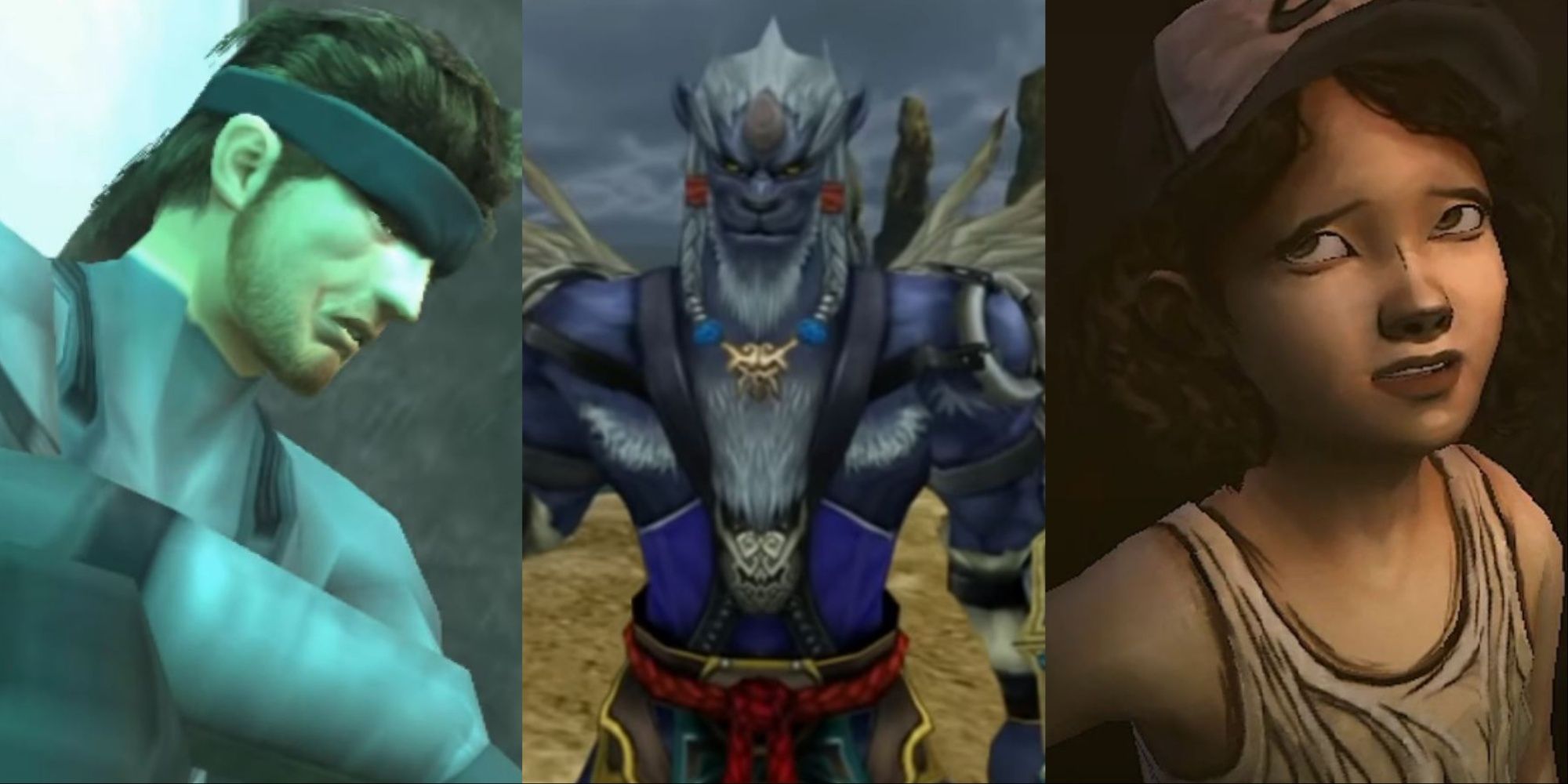
Related
10 Console Games That Have Great PS Vita Versions
The PS Vita’s library included many ports of popular console games. These examples were some of the best.
In an interview with Kinda Funny Games, Yoshida discussed why the PS Vita possibly “didn’t work” overall, even though it did admittedly bring some PlayStation fans’ attention to indie games such as Velocity 2X and the like. The PlayStation veteran said that there were multiple “technical choices” where the company faltered with the handheld. He specifically pointed out that the requirement for a proprietary memory card on the Vita was a “mistake” from a consumer’s point, whereas the rear touchpad was something that was “not necessary” and considerably added to the handheld’s manufacturing costs. To incorporate these features alongside a “beautiful” OLED display, the hardware team apparently ditched a video-out port that was present in the PS Vita devkit. Above all, Yoshida said the “biggest reason” for the underwhelming run of PS Vita—a release sandwiched between the PS3’s final years and the PS4’s initial years—was Sony being unable to split its PlayStation team adequately to support the handheld as well as the company’s main console at the same time.
Retired PlayStation Chief Explains Why the PS Vita Didn’t Meet Expectations
Breaking down what he believes was the main reason for the PS Vita’s struggles, Yoshida highlighted that enough resources couldn’t be assigned because PlayStation didn’t have “that big talent pool” back then. He revealed the company’s decision to eventually prioritize the PS4 and make games for their “biggest platform” negatively affected “many projects” planned for the handheld. Moreover, the gaming industry icon expressed his interest in handheld gaming PCs when it comes to the current handheld landscape and commended the products rolled out by GPD and Ayaneo in particular.
Although Yoshida made clear he thinks juggling two different platforms isn’t a “good idea” for PlayStation, the current leadership may not necessarily share the same opinion. There have been quite a few rumors over the past several months of Sony’s interest in returning to the handheld console space. Given the console giant has already teased handheld gamers with the streaming-only PS Portal, it seems only a matter of time before the PS5 maker announces a full-fledged handheld console.
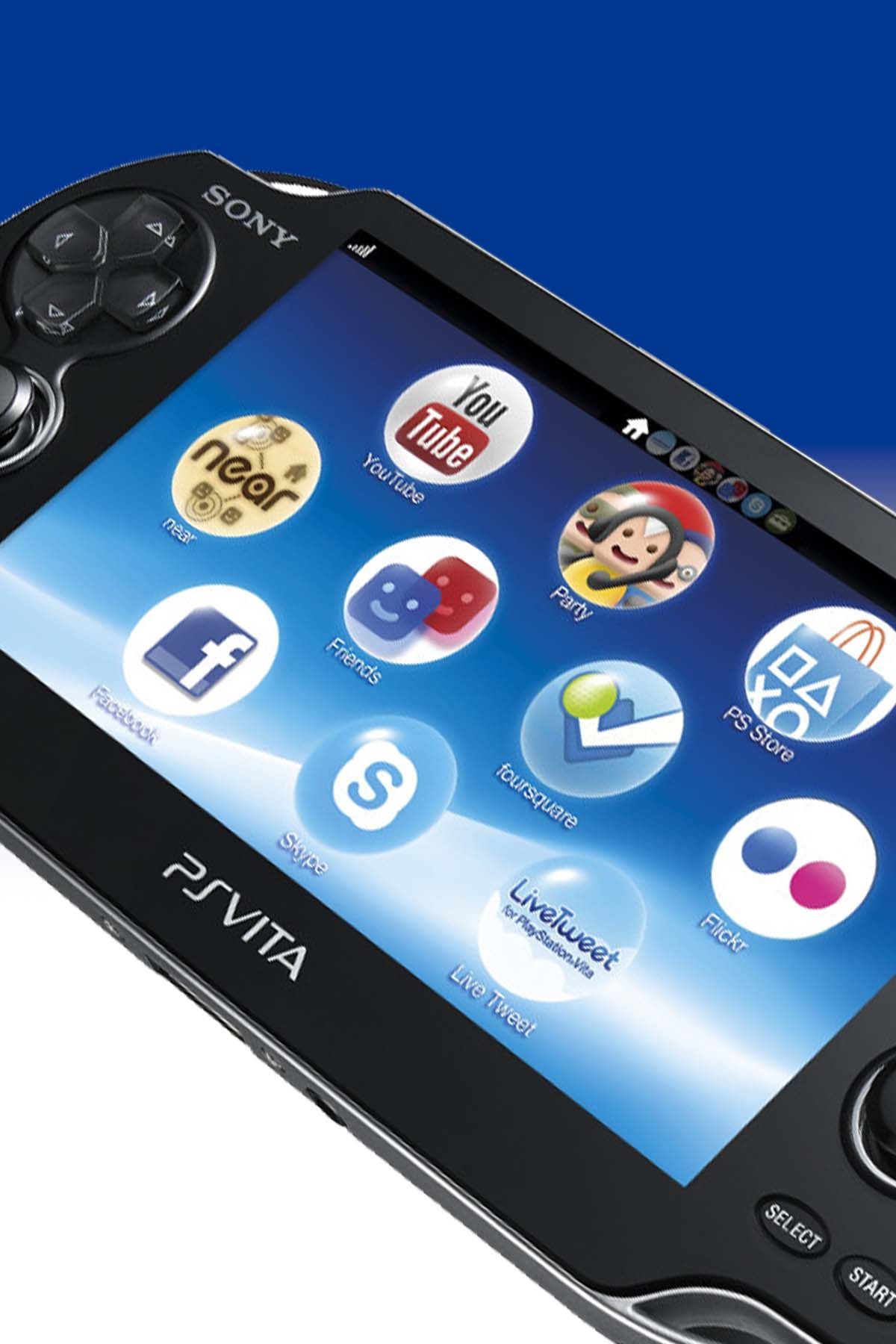
PS Vita
The Vita, also known as the PlayStation Vita, was a handheld console from Sony that was designed as the successor to the original PSP. Its primary competition was Nintendo’s eighth-generation handheld, the 3DS.
- Brand
-
Sony
- Original Release Date
-
November 15, 2012
- Original MSRP (USD)
-
$249
- Weight
-
9.2 oz
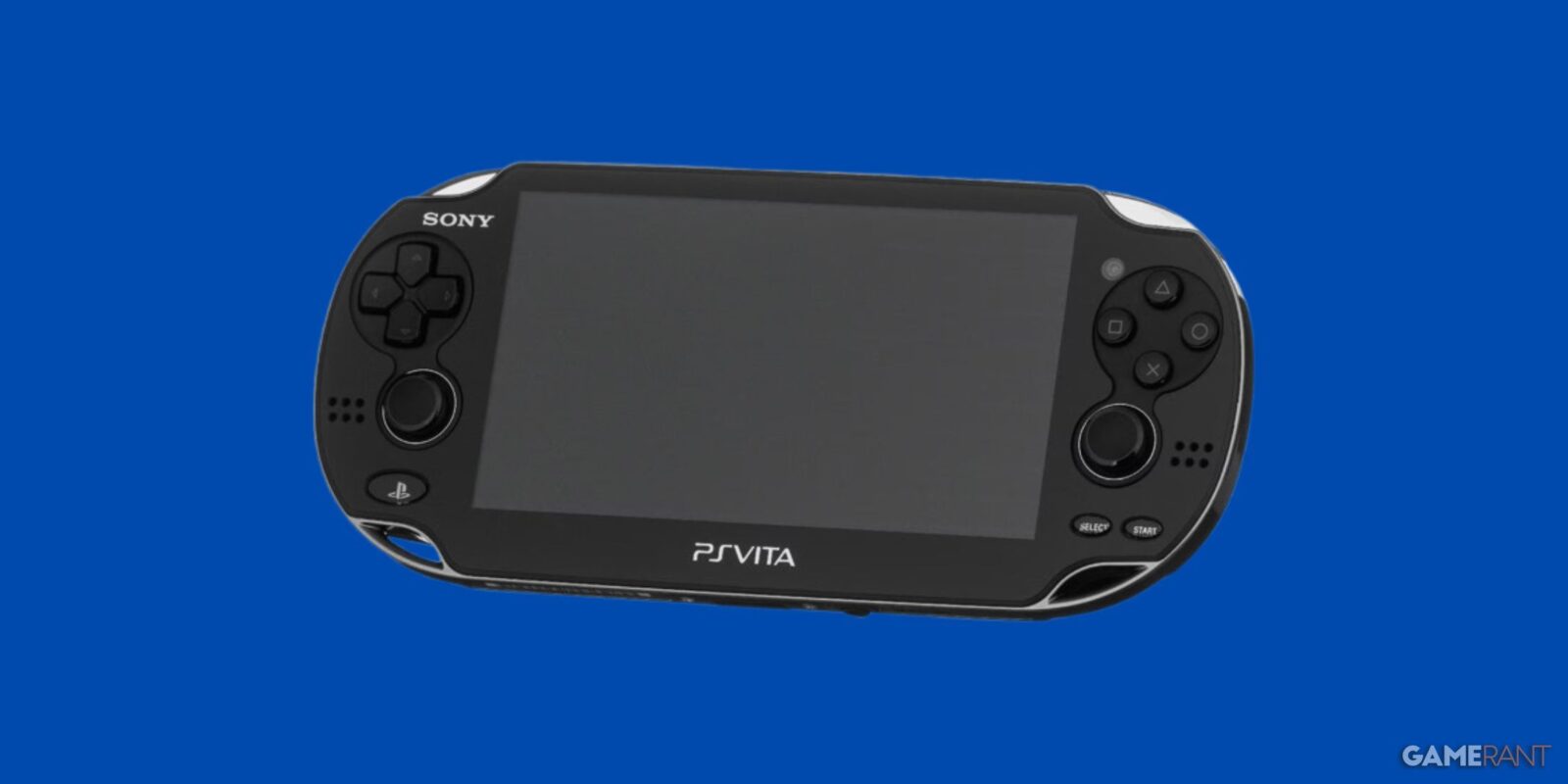


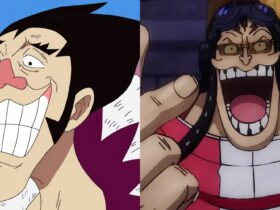




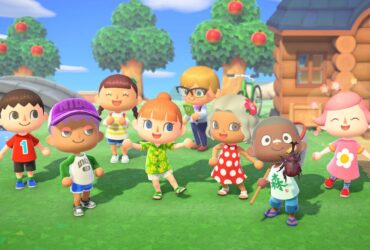


Leave a Reply